Mastering Data Export: A Beginner’s Comprehensive Guide
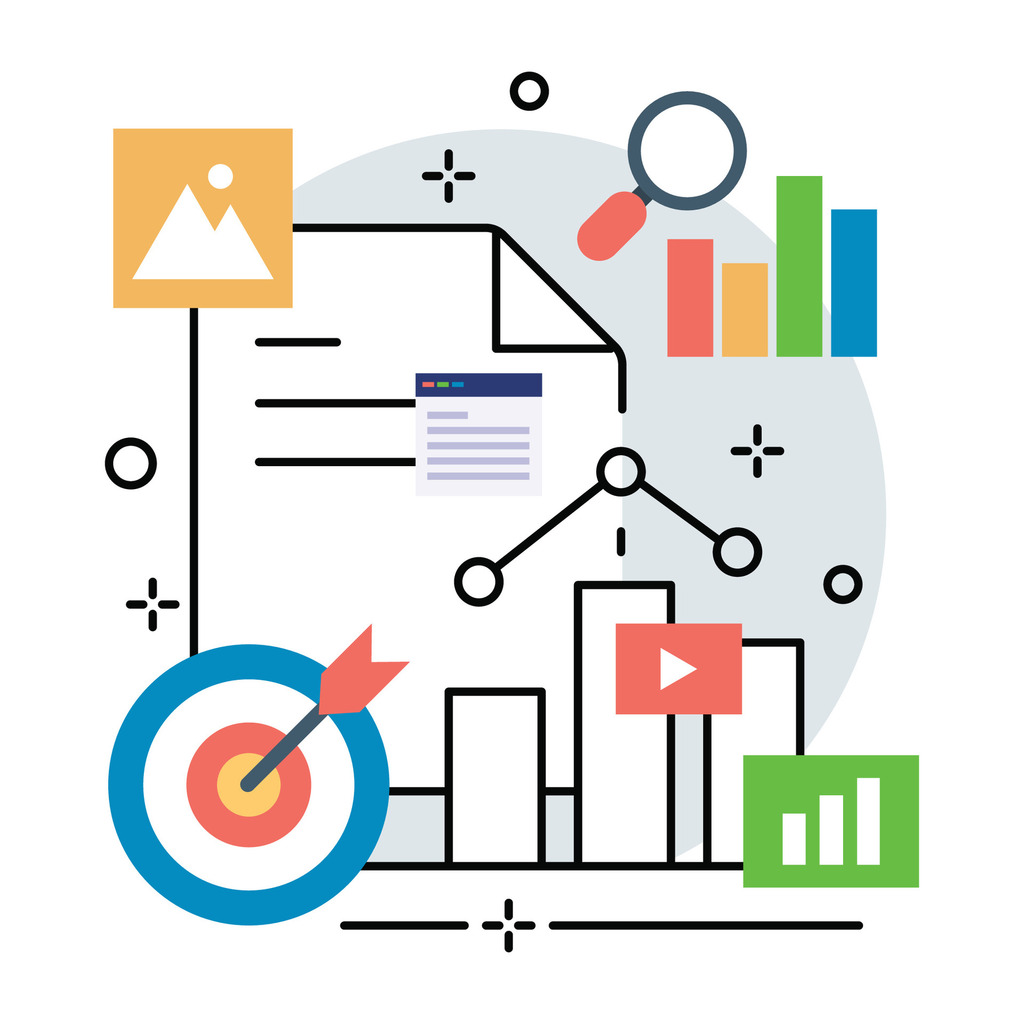
Modern businesses rely on the ability to move insights from one platform to another. Whether analyzing customer trends or integrating tools, transferring information efficiently is critical. This process—often structured through formats like CSV or JSON—enables teams to unlock patterns, streamline workflows, and make decisions backed by real-world evidence.
Organizations face growing challenges as they manage details across spreadsheets, CRM systems, and analytics dashboards. Without effective methods to organize and share these assets, opportunities for growth can slip away. A well-designed approach ensures teams maintain control over their resources while adapting to evolving needs.
Startups and enterprises alike benefit from mastering these fundamentals. For example, identifying user engagement trends becomes simpler when teams can consolidate metrics from multiple sources. Similarly, detecting irregularities in financial transactions relies on accessible, well-structured records.
Adopting reliable strategies doesn’t just solve immediate problems—it builds long-term resilience. Companies that prioritize clarity in their workflows often outperform competitors. They spot opportunities faster, reduce operational friction, and align their goals with measurable outcomes.
Key Takeaways
- Efficient information transfer bridges gaps between business tools and teams
- Scalable solutions work for startups and large corporations alike
- Structured formats like CSV enable clearer analysis of trends
- Consolidated insights help detect risks like fraud early
- Streamlined processes create competitive advantages in fast-paced markets
Introduction to Data Export
Businesses today must bridge system gaps to harness the full potential of their information. By transferring details between platforms, teams unlock collaborative workflows and maintain control over critical assets.
What Is Data Export?
This process involves systematically extracting details from databases or applications into portable formats like CSV. These files act as bridges between systems, enabling analysis, backups, or integration with external tools. For instance, a marketing team might compile customer interactions into spreadsheets to identify trends.
Relevance for Today’s Businesses
From startups to global enterprises, accessible information drives smarter decisions. Smaller companies analyze user behavior to refine products, while larger organizations detect irregularities in financial transactions. One retail brand improved fraud detection by 40% after standardizing its exporting data practices.
Portable formats ensure stakeholders access up-to-date insights without technical barriers. This agility helps teams adapt quickly, whether optimizing services or meeting compliance standards. As digital ecosystems expand, efficient transfer methods remain central to competitive success.
Understanding Data Export and Its Importance
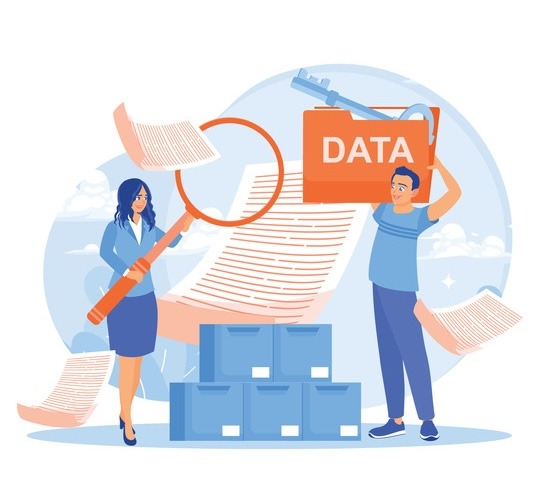
In today’s fast-paced market, transforming raw numbers into actionable strategies separates leaders from followers. Structured information transfer forms the backbone of business intelligence initiatives, enabling precise strategic planning. Teams that master this process uncover patterns in customer interactions, operational workflows, and market trends.
Systematic analysis of exported details helps organizations decode buyer behavior. For example, retail brands identify seasonal purchasing habits by examining transaction histories. This approach also reveals bottlenecks in supply chains or service delivery, allowing teams to prioritize improvements.
David Robinson, a data strategist, emphasizes:
“Mastering analytical skills starts with organized information. Exported details provide the foundation for building portfolios and refining communication in data science.”
Businesses leverage these insights to align decisions with measurable outcomes. A hospitality company improved customer retention by 25% after analyzing guest feedback compiled from multiple platforms. Such successes highlight how accessible information drives innovation.
| Business Impact | Method | Outcome |
|---|---|---|
| Customer Behavior Analysis | Review transaction histories | Identify purchasing trends |
| Operational Efficiency | Map workflow bottlenecks | Reduce service delays by 30% |
| Skill Development | Use exported records for training | Enhance team analytics capabilities |
Regular exports ensure historical records remain available for forecasting. Secure handling practices, as outlined in the privacy policy, protect sensitive details while maintaining compliance. This balance between accessibility and security creates lasting competitive advantages.
The Data Export Process: Steps and Practical Considerations
Structured workflows transform how companies handle critical information. Teams achieve clarity by defining what to transfer, where it goes, and how often updates occur. Platforms like Statsig and BigQuery simplify these steps through intuitive interfaces, letting users focus on strategic outcomes.
Selecting and Preparing Your Information
Start by identifying which records align with business goals. A sales team might prioritize customer interaction histories, while finance departments track transaction logs. Clean formatting ensures compatibility across systems, reducing errors during transfers.
Automated tools streamline preparation by filtering duplicates or outdated entries. For example, one e-commerce brand reduced processing time by 50% after standardizing CSV templates. Proper organization minimizes delays when integrating with analytics dashboards or CRM software.
Scheduling and Frequency of Transfers
Balance timeliness with system capacity. Daily updates suit fast-changing metrics like website traffic, while weekly exports work for stable inventory records. Cloud-based solutions automatically adjust schedules during peak loads to prevent slowdowns.
| Tool | Key Feature | Best For |
|---|---|---|
| Statsig | Automated scheduling | Real-time metrics |
| BigQuery | Scalable storage | Large-volume historical records |
| Amazon S3 | Encrypted transfers | Security-sensitive industries |
As TechCrunch notes:
“Modern platforms turn complex processes into repeatable workflows, letting teams scale without added overhead.”
Regular audits ensure schedules stay aligned with evolving business needs, maintaining both efficiency and compliance.
Tools and Systems for Efficient Data Export
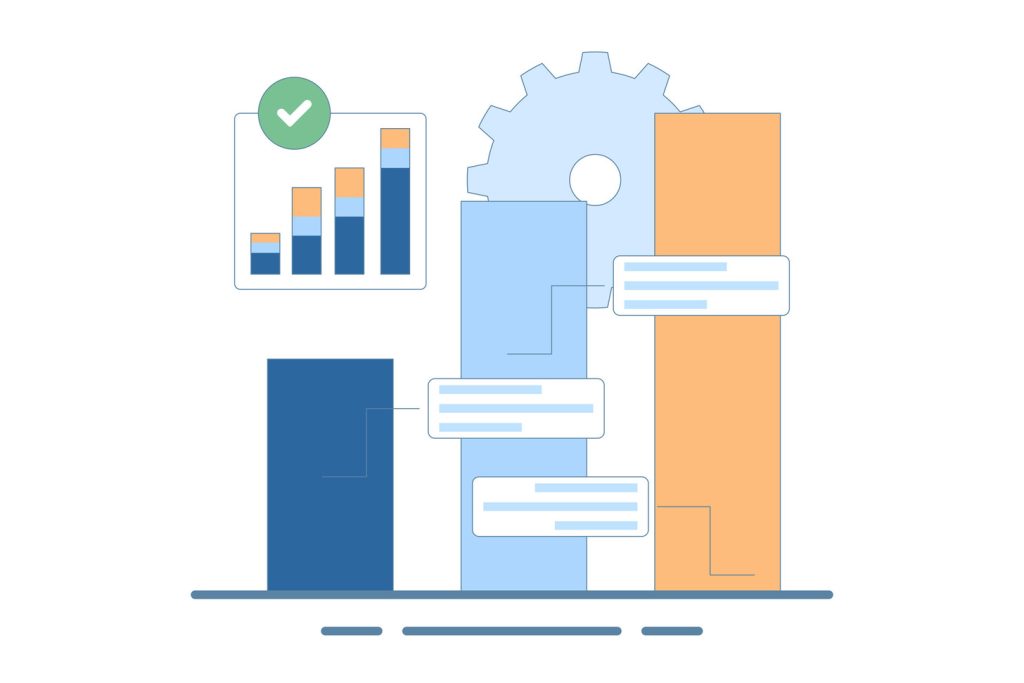
Advanced platforms now redefine how organizations manage their digital assets. By automating repetitive tasks and integrating with analytical environments, businesses achieve faster results with fewer errors. Choosing the right solutions depends on scalability, compatibility, and adaptability to evolving needs.
Automation Tools and Platforms
Leading systems like Statsig and Amazon S3 transform how teams handle repetitive workflows. These platforms eliminate manual steps by scheduling transfers, validating formats, and alerting users to inconsistencies. For example, BigQuery’s scalable architecture processes large volumes without compromising speed, making it ideal for enterprises managing complex records.
Key advantages include:
- Error reduction through standardized templates
- Real-time monitoring for compliance audits
- Customizable schedules matching business cycles
Integration with Computational Notebooks
Tools like Jupyter Notebook and Google Colab bridge the gap between raw records and actionable insights. As Martin Fowler observes:
“Computational notebooks create living documents where analysis evolves alongside business questions.”
These environments let teams visualize trends, annotate findings, and share results seamlessly. When paired with version control systems like Git, organizations maintain clear audit trails while collaborating across departments. A fintech startup, for instance, accelerated fraud detection by 35% after linking its export workflows to shared notebooks.
Combining automation with collaborative analysis unlocks new efficiencies. Companies that adopt integrated systems often see faster decision-making and stronger alignment between technical and operational teams.
Unlocking Insights Through Data Analysis

Turning raw numbers into strategic assets requires more than collection—it demands thoughtful examination. Organizations that systematically analyze their records uncover opportunities hidden in daily operations, from customer preferences to workflow inefficiencies.
Leveraging Exported Records for Better Decisions
Analyzed information reveals patterns that drive smarter strategies. For example, a retail chain discovered regional buying trends by examining purchase histories, leading to localized inventory adjustments that boosted sales by 18%.
Key steps to maximize value:
- Use visualization tools like Tableau to spot trends in customer interactions
- Compare operational metrics across quarters to identify bottlenecks
- Share interactive dashboards with teams for real-time collaboration
“Companies that treat analysis as a continuous process—not a one-time task—outperform peers in agility and innovation.”
| Tool | Use Case | Impact |
|---|---|---|
| Jupyter Notebook | Behavior pattern detection | 35% faster anomaly identification |
| Google Colab | Cross-team reporting | Reduced meeting time by 50% |
Regular reviews turn historical records into predictive assets. One SaaS company reduced client churn by analyzing support ticket trends, enabling proactive service improvements. These practices transform static numbers into dynamic roadmaps for growth.
Data Models in Data Export
Choosing the right structural framework shapes how businesses unlock value from their digital assets. Two approaches dominate modern workflows: one prioritizing system interactions, the other focusing on user journeys.
Capturing System-Level Activity
The events model documents individual occurrences—like website clicks or payment confirmations—with unique timestamps. This method excels at revealing patterns in platform usage or service demand spikes. Retailers often use it to track Black Friday sales traffic across regions.
Mapping Individual User Paths
In contrast, the persons model links all actions to specific profiles. Marketing teams rely on this to understand how customers move from email campaigns to purchases. As analytics expert Lena Petrov notes:
“User-centric models reveal hidden friction points—like abandoned carts—that aggregate metrics often miss.”
| Feature | Events Model | Persons Model |
|---|---|---|
| Primary Focus | System interactions | Individual behavior |
| Best For | Trend identification | Journey analysis |
| Complexity | Low (single records) | High (merged profiles) |
| Use Case Example | Monitoring API call volumes | Tracking subscription upgrades |
Companies handling sensitive details often combine both frameworks. A fintech firm improved fraud detection by 28% after correlating transaction events with user history. Regular reviews ensure chosen models align with evolving business priorities.
Best Practices for Effective Data Export
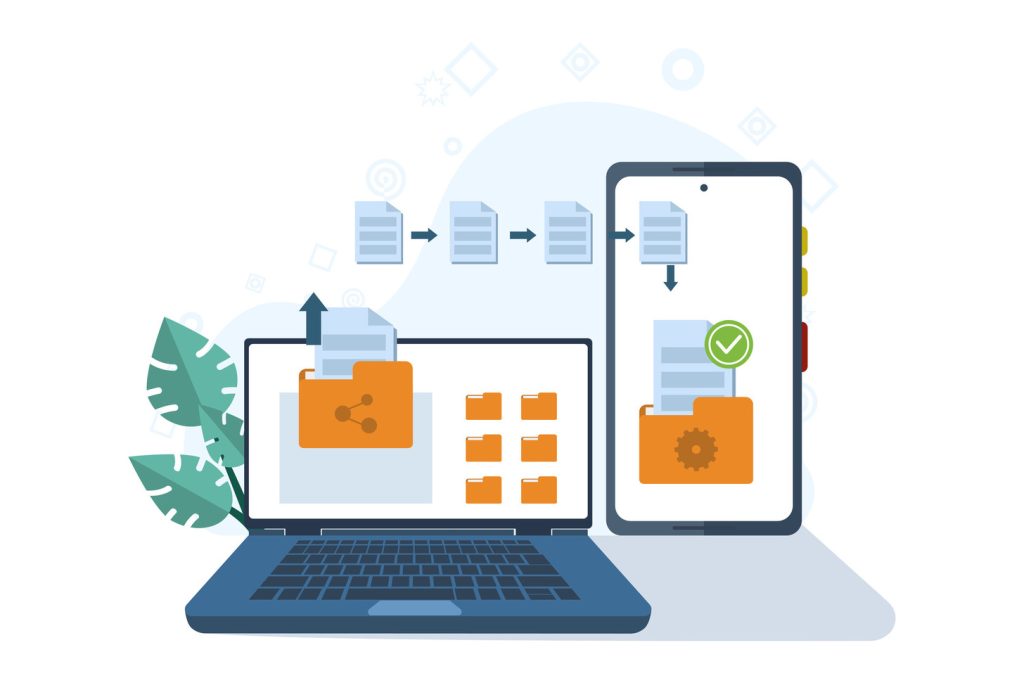
Organizations achieve reliable outcomes when their workflows prioritize accuracy and protection. Establishing clear protocols ensures teams maintain consistency while adapting to changing requirements. These practices form the backbone of trustworthy analytical processes across industries.
Maintaining Integrity and Freshness
Consistent validation keeps details accurate during transfers. Automated checks verify formatting and uniqueness before files move between systems. For example, a logistics company reduced shipping errors by 22% after implementing real-time format verification.
Regular audits identify discrepancies in records. Cybersecurity expert Maya Chen advises:
“Treat information quality like product safety—build checks into every workflow phase.”
| Check Type | Frequency | Impact |
|---|---|---|
| Format Validation | During transfer | Prevents system errors |
| Completeness Scan | Post-transfer | Ensures no missing entries |
| Historical Comparison | Weekly | Flags inconsistencies |
Implementing Robust Security Measures
Modern tools encrypt sensitive details without slowing workflows. Role-based access limits exposure to authorized personnel only. A healthcare provider achieved HIPAA compliance by combining AES-256 encryption with biometric authentication for file access.
Three essential safeguards:
- End-to-end encryption for transfers
- Time-limited access permissions
- Automated activity logs
These measures align with regulations like GDPR while fostering stakeholder trust. Regular penetration testing helps teams identify vulnerabilities before malicious actors exploit them.
Optimizing Your Export Process
Streamlining workflows requires strategic adjustments to handle growing demands without sacrificing speed. Teams achieve peak performance by balancing technical capabilities with operational priorities, ensuring resources align with business objectives.
Techniques for Enhancing Efficiency
Smart compression reduces file sizes by up to 70%, accelerating transfers while preserving detail accuracy. Partitioning breaks massive datasets into logical segments—like separating customer records by region—enabling parallel task execution. One logistics company cut processing time by 65% using this approach.
| Technique | Benefit | Use Case |
|---|---|---|
| Parallel Processing | Handles multiple tasks simultaneously | High-volume e-commerce transactions |
| Incremental Updates | Transfers only new/changed records | Daily inventory adjustments |
| Resource Throttling | Prevents system overload | Peak-hour financial reporting |
As cloud architect Naomi Park explains:
“Effective optimization isn’t about raw power—it’s matching methods to specific operational rhythms.”
Managing Large Volumes
Performance monitoring tools identify bottlenecks like slow network paths or storage limitations. Teams address these through scheduled transfers during off-peak hours or distributed cloud storage solutions. A healthcare analytics firm improved system reliability by 40% using real-time resource allocation dashboards.
Automated scaling adapts to fluctuating demands, ensuring consistent service during traffic spikes. Regular audits verify that optimizations deliver measurable improvements, creating sustainable workflows for long-term growth.
Ensuring Data Security and Compliance
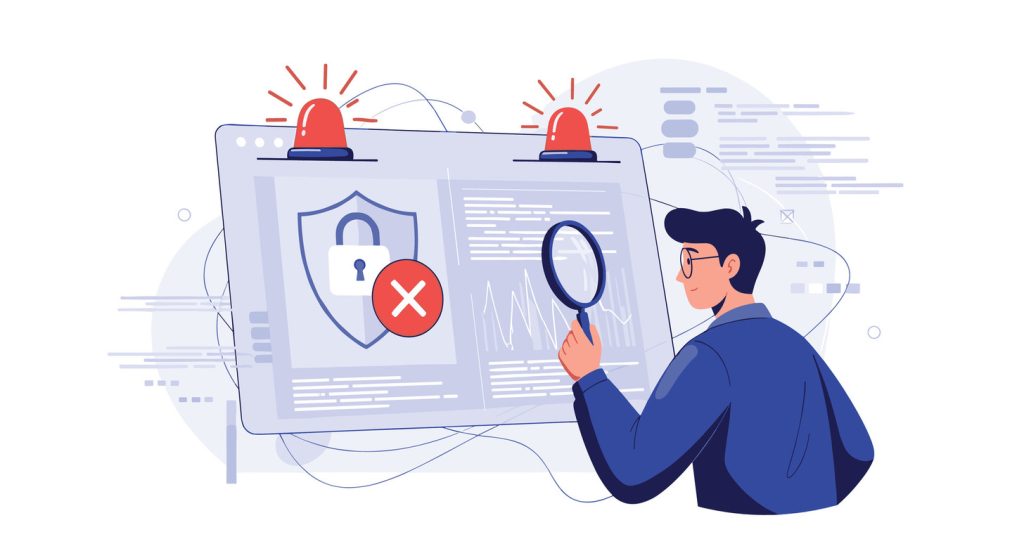
Protecting sensitive assets requires more than basic safeguards—it demands layered strategies that evolve with emerging threats. Businesses handling digital records must balance accessibility with rigorous protection to maintain stakeholder trust and regulatory alignment.
Encryption and Access Controls
Modern security frameworks use encryption to shield information during transfers and storage. Advanced protocols like AES-256 render files unreadable to unauthorized parties, even if intercepted. Pairing this with role-based access ensures only verified personnel interact with critical records.
Three essential safeguards:
- End-to-end encryption for all transfers between systems
- Time-limited permissions for third-party services
- Biometric authentication for high-risk operations
“Security isn’t a one-time setup—it’s a culture of continuous improvement. Regular audits and real-time monitoring turn vulnerabilities into opportunities for strengthening defenses.”
| Compliance Standard | Key Requirement | Implementation Tip |
|---|---|---|
| GDPR | Data minimization | Export only necessary fields |
| HIPAA | Audit trails | Enable automated activity logging |
| PCI DSS | Encrypted storage | Use hardware security modules |
Automated monitoring tools track export jobs, flagging anomalies like unusual download volumes. Combined with quarterly penetration testing, organizations build resilient workflows that adapt to new risks while maintaining operational speed.
Utilizing Visualization Tools for Deeper Analysis
Transforming numbers into visual stories drives smarter business moves. Interactive displays turn complex records into clear pathways for decisions, helping teams move beyond spreadsheets. When paired with computational notebooks, these tools create living documents where analysis evolves alongside organizational needs.
Interactive Dashboards and Reporting
Modern platforms convert static files into dynamic interfaces that highlight trends instantly. Decision-makers explore relationships between metrics through clickable charts, filtering results by region or timeframe. One retail chain reduced meeting times by 40% after adopting real-time dashboards that update with fresh exported data.
Effective designs prioritize simplicity without sacrificing depth. Color-coded KPIs show performance gaps at a glance, while drill-down features reveal underlying causes. Tools like Tableau integrate directly with visualization workflows, automating report generation as new information arrives.
Version control systems ensure teams collaborate on accurate, up-to-date snapshots. This approach maintains clarity across departments—from executives reviewing high-level trends to analysts examining granular details. By blending accessibility with advanced features, businesses turn raw numbers into strategic insights that fuel growth.

